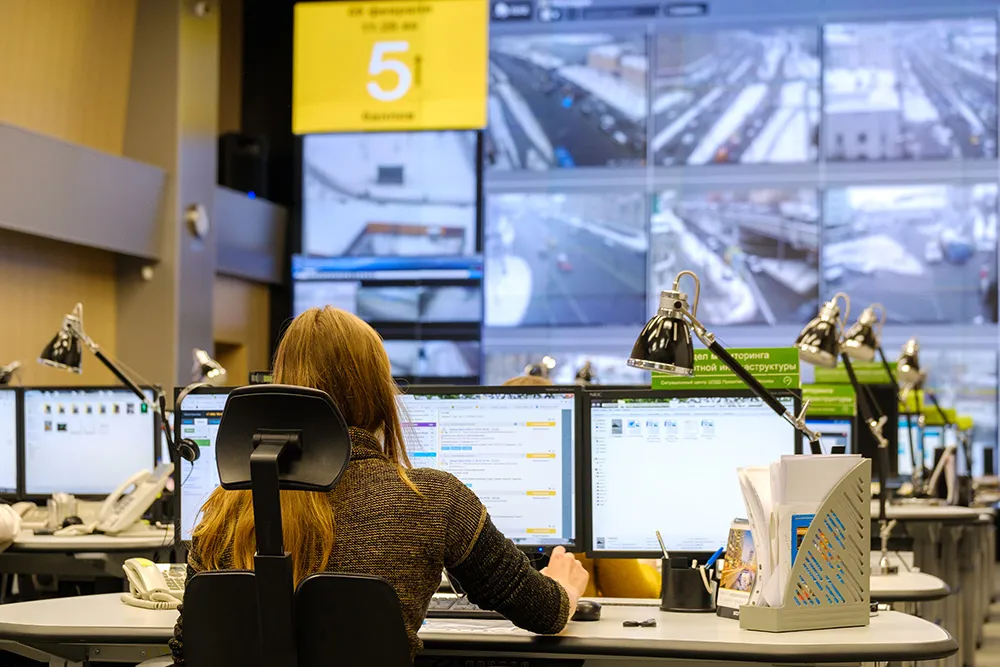Optelecom-NKF has announced the release of its multi-codec Siqura S-60 D-MC decoder and the eight-channel A-80 audio and I/O card.
The Siqura S-60 D-MC can automatically recognise and decompress MPEG2, MPEG4 and H.264 into excellent quality images for analogue viewing with very little latency. Through a user-friendly Web interface, it is possible to configure an array of features, ranging from serial data streams to duplex audio and I/O contacts over IP. With an optional SFP slot option, it is possible t
February 6, 2012
Read time: 2 mins

The Siqura S-60 D-MC can automatically recognise and decompress MPEG2, MPEG4 and H.264 into excellent quality images for analogue viewing with very little latency. Through a user-friendly Web interface, it is possible to configure an array of features, ranging from serial data streams to duplex audio and I/O contacts over IP. With an optional SFP slot option, it is possible to use this decoder with fibre-optic cable rather than the standard RJ-45 slot and twisted pair cable. These compact decoders are also standardised to commonly known protocols, making their integration into third-party variable message sign systems simple and headache-free.
Meanwhile, the eight-channel Siqura A-80 audio and I/O (contact closure) card offers a compact audio and Contact Closure (CC) solution for any existing or new CCTV system. According to the company, in combination with the Siqura multi-channel video codecs, the Siqura A-80 offers an ideal lip-synchronisation solution. The audio inputs support either line-level or microphone-level with additional biasing to power electret microphones.
Eight digital inputs can be configured to initiate CC signals, for example, to activate a network video recorder to start recording. Four digital outputs are also available, allowing the A-80 to connect with third-party devices, such as a programmable logic controller. Moreover, the card is designed to comply with global standards for streaming audio, making integration easy and hassle-free.










